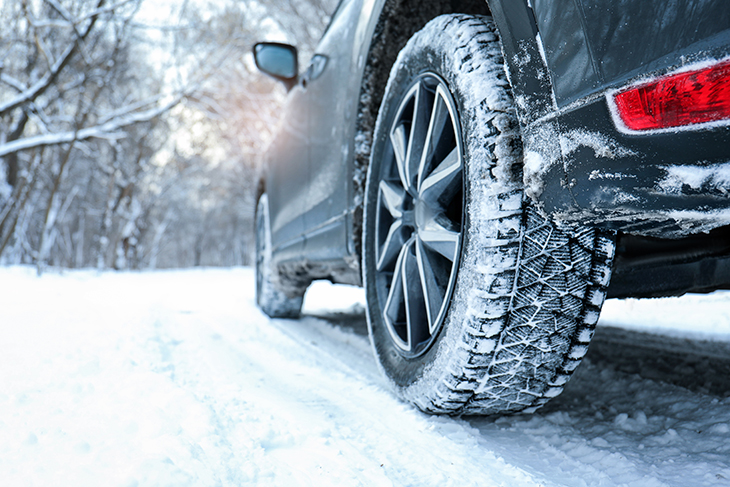Winter Weather Driving Tips
Snow, sleet, hale, or ice — winter weather can cause very dangerous road conditions. In 2021 there were 395 fatal crashes, and an estimated 22,325 crashes that lead to injury that occurred when there were snow or sleet conditions at the time of the crash. Preparing yourself – and your vehicle – for winter weather is key to staying safe.
The most important takeaway for driving in winter weather is to take it slow. Slick, icy roads make it hard to control your vehicle, so easing up on the speed is a must. To decrease the chances of an accident, increase your following distance enough so that you’ll have plenty of time to stop for vehicles ahead of you. Also, do not drive too close to a snowplow by leaving plenty of distance behind them, since they make wide turns, stop often, and overlap lanes.
What to Do in an Emergency:
- If you are stopped or stalled in wintry weather, stay focused on yourself and your passengers, your car, and your surroundings
- Stay with your car and don’t overexert yourself
- Let your car be seen. Put bright markers on the antenna or windows and keep the interior dome light on
- Be mindful of carbon monoxide poisoning. Make sure your exhaust pipe is clear of any snow and run your car only sporadically — just long enough to stay warm. Don’t run your car for long periods of time with the windows up or in an enclosed space
It’s also important to know that as the outside temperature drops, so does tire inflation pressure. Make sure each tire is filled to the vehicle manufacturer’s recommended inflation pressure, (that information can be found in your owner’s manual and on a label located on the driver's side door frame). Do not inflate your tires to the pressure listed on the tire itself. That number is the maximum pressure the tire can hold, not the recommended pressure for the vehicle.
Below are additional tips on this subject:
- Inspect your tires at least once a month and before long road trips
- It’s best to check the tires when they’re cold, meaning that they have not been driven on for at least three hours
- Check each tire’s age. Some vehicle manufacturers recommend replacing tires every six years regardless of use
- An inspection is not just about checking tire pressure and age. Remember to check:
- For any damage or conditions that may need attention
- The tread and sidewalls for any cuts, punctures, bulges, scrapes, cracks, or bumps. The tread should be at least 2/32 of an inch or greater on all tires
- The spare tire
For more information on driving in winter weather, visit: https://www.nhtsa.gov/winter-driving-tips
Credit: National Highway Traffic Safety Administration (NHTSA)
Learn more about HazTek Safety & OSHA Training.
